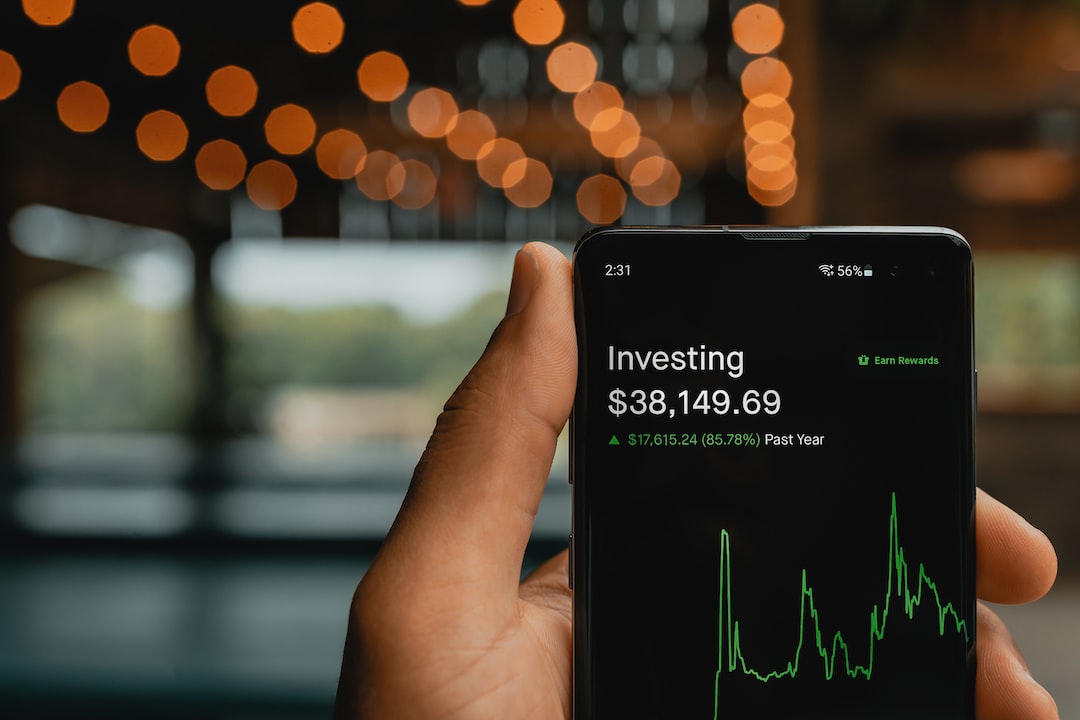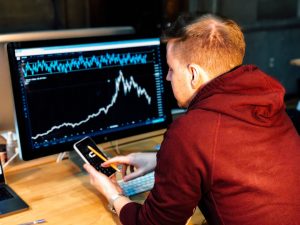The foreign exchange market, also known as the forex or FX market, is the largest financial market in the world, with a daily turnover of over $5 trillion. It is a decentralized market where currencies are traded 24 hours a day, five days a week, except for weekends. However, not all trading sessions are created equal. In this article, we will explore when the forex market is most active and why that matters for traders.
The forex market is open 24 hours a day, but it does not mean that it is equally active throughout the day. There are four major trading sessions in the forex market: the Asian session, the European session, the North American session, and the Pacific session. Each session has its own unique characteristics and trading opportunities, and traders need to understand them to maximize their profits.
The Asian session is the first major trading session of the day, starting at 22:00 GMT on Sunday and ending at 09:00 GMT on Friday. It covers the markets in Japan, Australia, New Zealand, and some parts of Asia. The Asian session is known for its low volatility and narrow trading ranges, as most of the major banks and financial institutions in the region are closed during this time. However, some currency pairs such as the USD/JPY can be more active during the Asian session due to the Bank of Japan’s monetary policy announcements.
The European session is the second major trading session of the day, starting at 07:00 GMT and ending at 16:00 GMT. It covers the markets in London, Frankfurt, Paris, and Zurich, among others. The European session is the most active trading session in the forex market, accounting for over 30% of the total daily trading volume. The high trading activity during this session is due to the overlapping of the European and Asian sessions, which creates a lot of trading opportunities.
During the European session, there are several important economic reports and events that can affect the forex market, such as the European Central Bank’s (ECB) monetary policy announcements, the release of the Eurozone GDP and inflation data, and the opening of the London Stock Exchange. The EUR/USD is the most actively traded currency pair during the European session, followed by the GBP/USD and the USD/CHF.
The North American session is the third major trading session of the day, starting at 12:00 GMT and ending at 21:00 GMT. It covers the markets in New York, Chicago, and Toronto, among others. The North American session is the second most active trading session in the forex market, accounting for over 20% of the total daily trading volume. The high trading activity during this session is due to the overlapping of the European and North American sessions, which creates a lot of trading opportunities.
During the North American session, there are several important economic reports and events that can affect the forex market, such as the release of the US non-farm payrolls and GDP data, the opening of the New York Stock Exchange, and the Federal Reserve’s monetary policy announcements. The USD/CAD is the most actively traded currency pair during the North American session, followed by the USD/JPY and the USD/CHF.
The Pacific session is the fourth major trading session of the day, starting at 21:00 GMT and ending at 06:00 GMT. It covers the markets in Sydney, Wellington, and Tokyo, among others. The Pacific session is known for its low trading activity and volatility, as most of the major banks and financial institutions in the region are closed during this time. However, some currency pairs such as the AUD/USD and the NZD/USD can be more active during the Pacific session due to the release of important economic data from Australia and New Zealand.
In conclusion, the forex market is most active during the European and North American sessions, as they overlap and create a lot of trading opportunities. Traders should pay attention to the economic reports and events that can affect the forex market during these sessions, and adjust their trading strategies accordingly. However, traders should also be aware of the low trading activity and volatility during the Asian and Pacific sessions, and avoid trading during these times unless they have a specific strategy that works well in these conditions.






